Does Science Support the Afterlife?
We live in a false reality
In an earlier article I reflected that the fundamental component of our world is energy. With our seeming inability to directly perceive reality, how can we really pretend to know what we are, let alone know what will happen to us after death? It seems illogical to jump to the conclusion that nothing survives death, since reality itself is so elusive.
Is death a myth? Of those who believe in an afterlife, about half believe in reincarnation, while the believer believer in a shift to another place such as heaven. Both are included in the Tibetan Book of the Dead, which teachings that a given soul or spirit can achieve different states after death, and only one involves reincarnation. In a similar manner, Hinduism teachings of two possible paths to take after death: one to the gods and one to the earth.
Christianity and Judaism subscribed to a form of reincarnation until about the fourth century after Christ. Therefore, one can not make black-and-white generalizations, such as that Christians do not believe in reincarnation or Buddhists do not believe in heaven. It depends on the particular teachings. So what is the evidence for an afterlife?
The dead coming back
In the second half of the 20th century, the term "near-death experiences" (NDEs) was coined to describe the phenomenon of people who were declared clinically dead yet recovered.
Some scientific publications on NDEs have been "retrospective," meaning researchers planned or began the study after the NDE events. Although these studies provide scientific credence to this phenomenon, it may be argued that the interview subjects were selected in a bias fashion since the NDEs had already occurred.
In 2001, a "prospective" study of NDEs was published by a cardiologist, in a prestigious medical journal. A prospective study plans the clinical trial before the events happened. This prospective study was designed to systematically investigate consecutive patients (theby no selection), who survived cardiac arrest and who were verifiable as clinically dead. Clinical death meant the heart had stopped beating, a period of unconsciousness due to inadequate blood circulation, and no breathing detected.
This study documented NDEs of hundreds of patients in numerous hospitals. Critics explain NDEs as merely brain actions just before "death" or just after being revived. However, a case of a woman who, upon revival, remembers events during a prolonged NDE looks inconsistent with the skeptics explanation. Other examples also challenge the skeptics assertions.
The dead spreading the news
In addition to NDE accounts, there are hundreds of cases of the dead communicating with a living person. Are the reported cases of NDEs and communication from the dead sufficient evidence for the existence of an afterlife? No. The late Carl Sagan summed it up with his philosophy that extraordinary claims require extra data. It should be emphasized that science only has suppositions so "proof" of an afterlife is too high a burden to demand.
Suppose that prospect NDE clinical trials offer more evidence of NDEs occurring while the brain is inactive. A critic might then contend that this is only for the cases when the person comes back to life and not in the cases of actual death. So, how could anyone ever produce evidence of the dead being out there? This brings us to another 21st-century study which attempts to provide evidence that the dead are out there. Or, despite, still with us.
How to prove an afterlife?
In the 21st-century another set of experiments provided evidence that the dead can communicate with the living. A Ph.D. scientist has published his results and makes his experiments available for scrutiny. These experiments when combined with the NDE phenomenon offer intriguing hints of an afterlife.
The explanations of reality by scientists are consistent with the reports mentioned above and with an afterlife. The information is too voluminous to include in this brief article but is provided in my book. I believe, as additional experiments are performed in the 21st-century, we will have more scientific evidence of the spiritual.

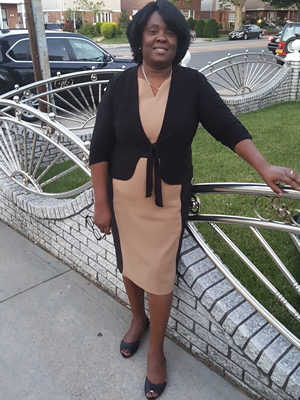
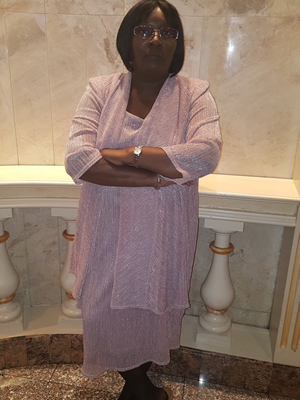
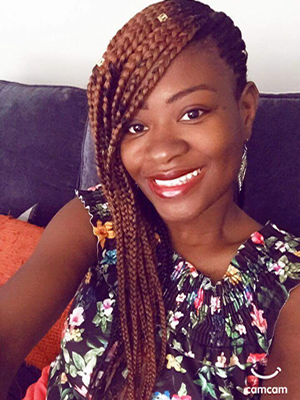
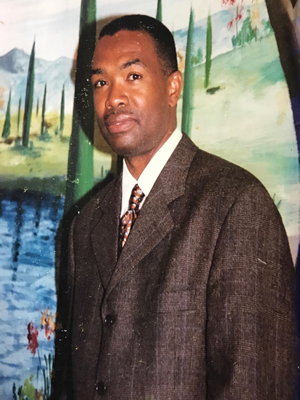
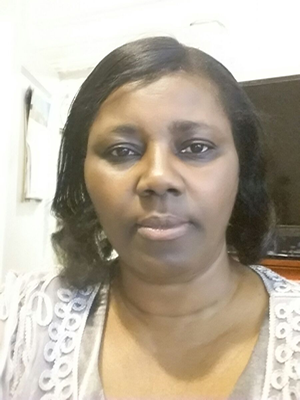
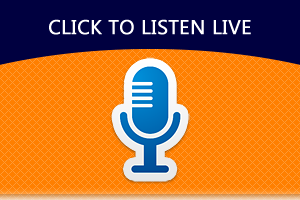

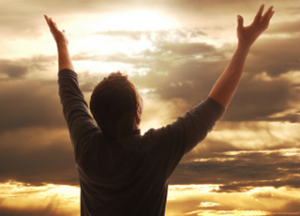





 Hits Today : 2005
Hits Today : 2005 Total Hits : 1083148
Total Hits : 1083148 Who's Online : 1
Who's Online : 1